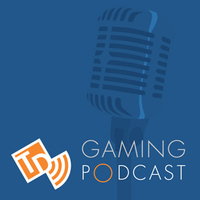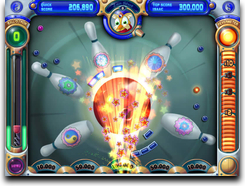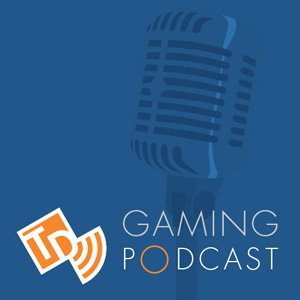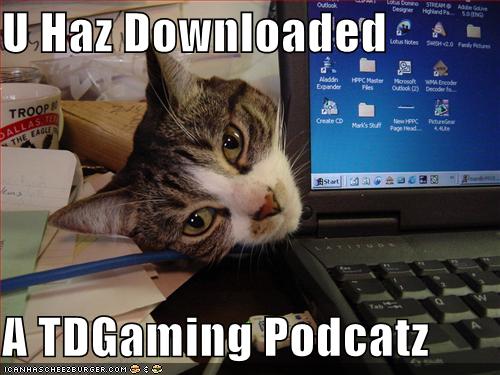TD Gaming Podcast 89: Epic Amount of FunTD Gaming Podcast 89: Epic Amount of Fun
 This weeks gaming podcast covers some cool news, some cool haiku’s and takes a look back at Paperboy and the history of the Apple Bandai Pippin. This weeks gaming news includes:
This weeks gaming podcast covers some cool news, some cool haiku’s and takes a look back at Paperboy and the history of the Apple Bandai Pippin. This weeks gaming news includes:
- LA Noir No Longer a PS3 exclusive
- Little Big Planet Goes Gold
- Age of Conan: An In Depth Look
- Activision Cracking Down On Pirates
We also ask the question, is Rare’s skill set out of date? Doug does his late talk like a pirate day impression.

 For those that haven’t posted on the
For those that haven’t posted on the  This weeks gaming podcast we stroll down memory lane with Gauntlet, ponder Microsoft’s role as a PC game publisher, hit up some news:
This weeks gaming podcast we stroll down memory lane with Gauntlet, ponder Microsoft’s role as a PC game publisher, hit up some news: Looking for a place to leave podcast feedback and you don’t feel like firing off an e-mail? You can now
Looking for a place to leave podcast feedback and you don’t feel like firing off an e-mail? You can now 